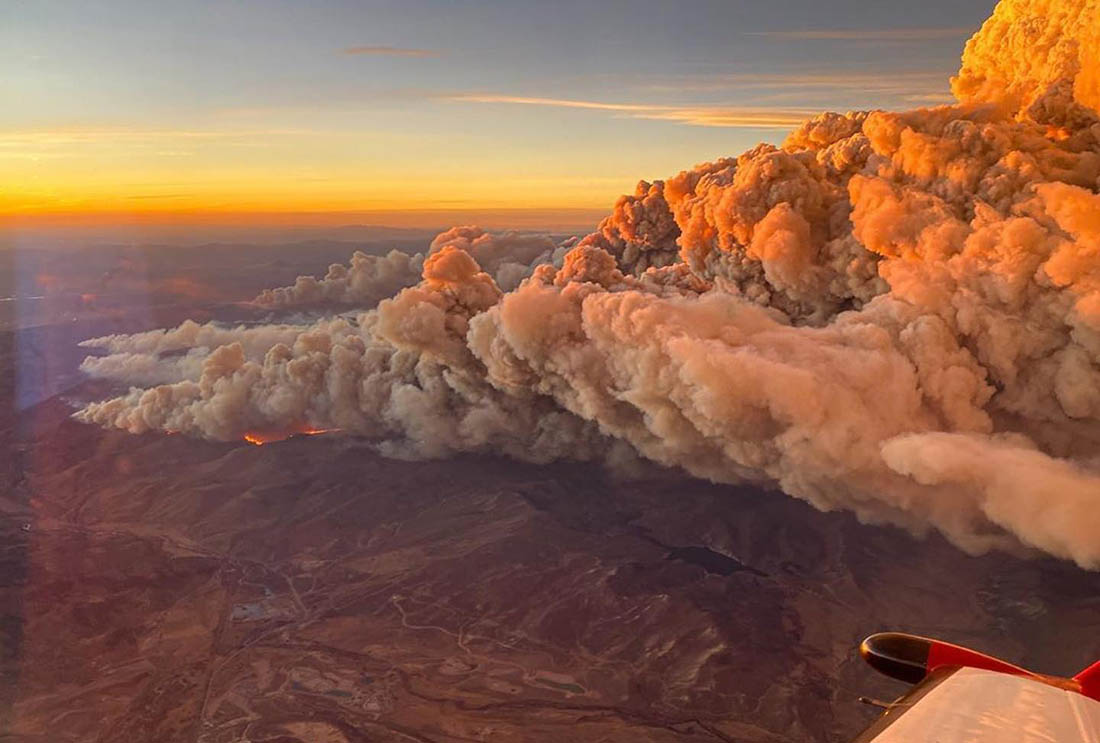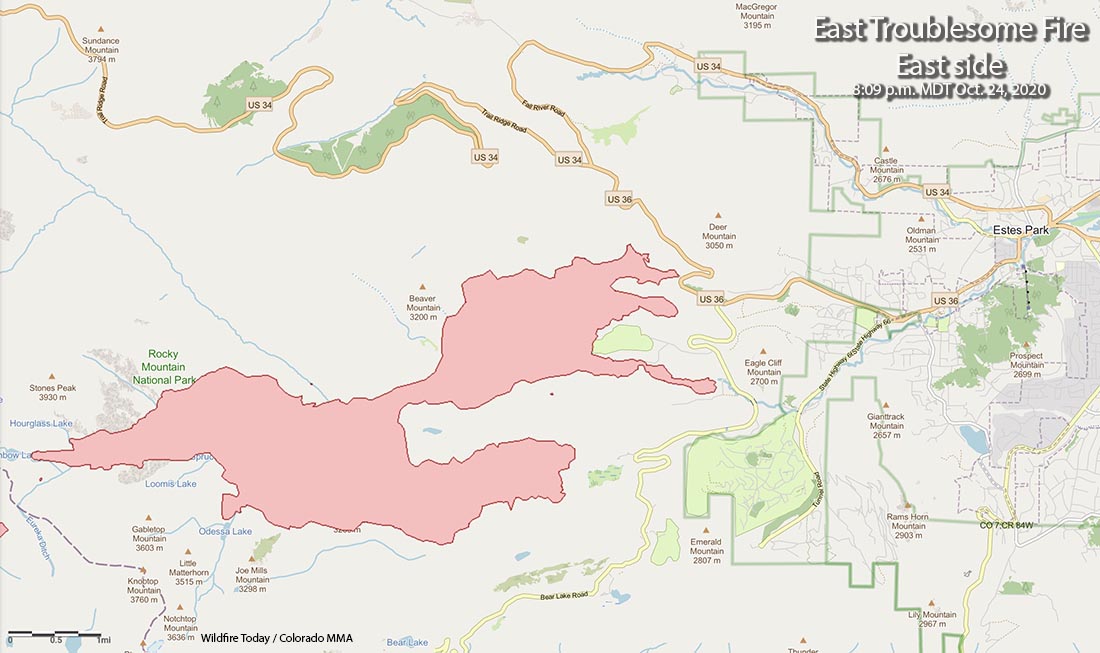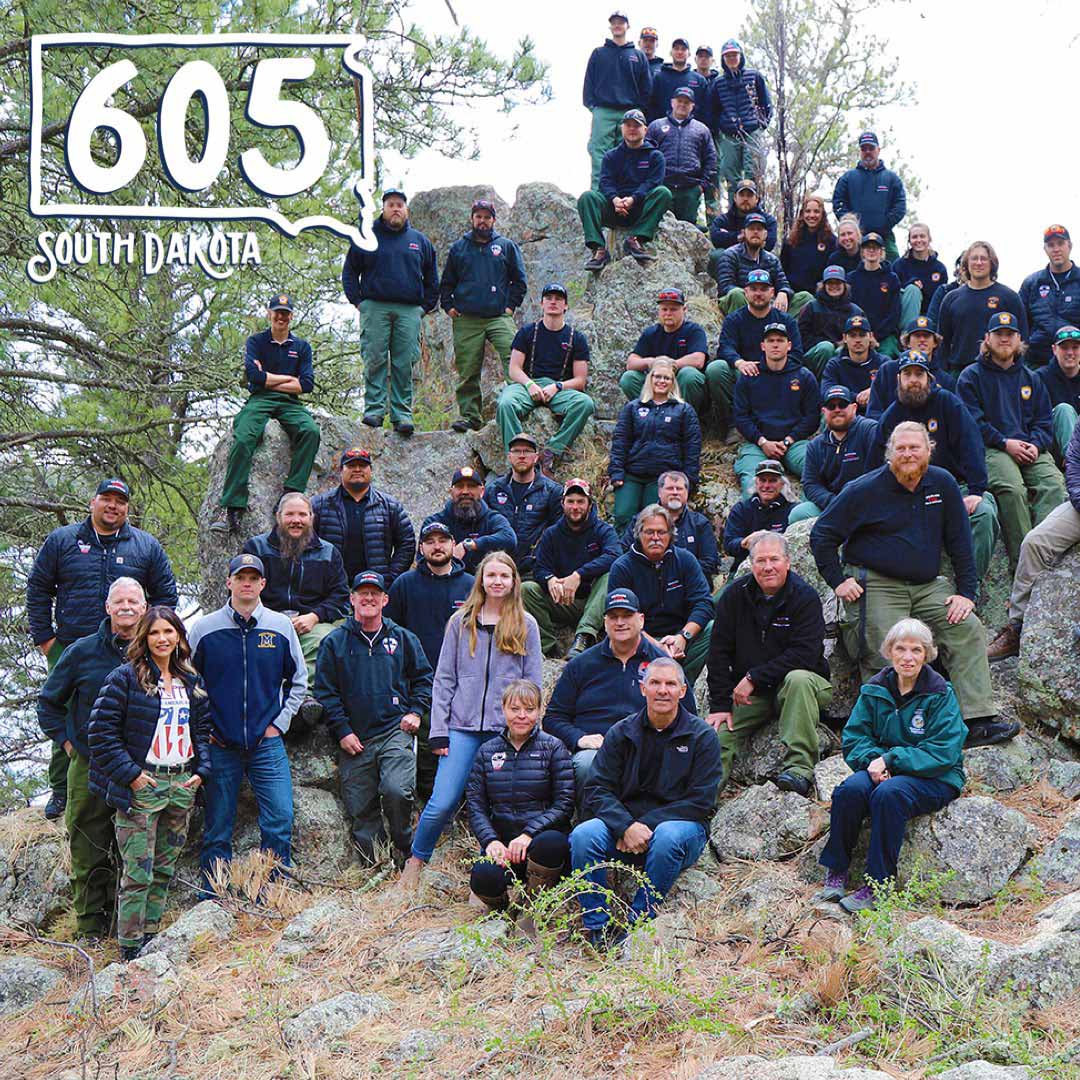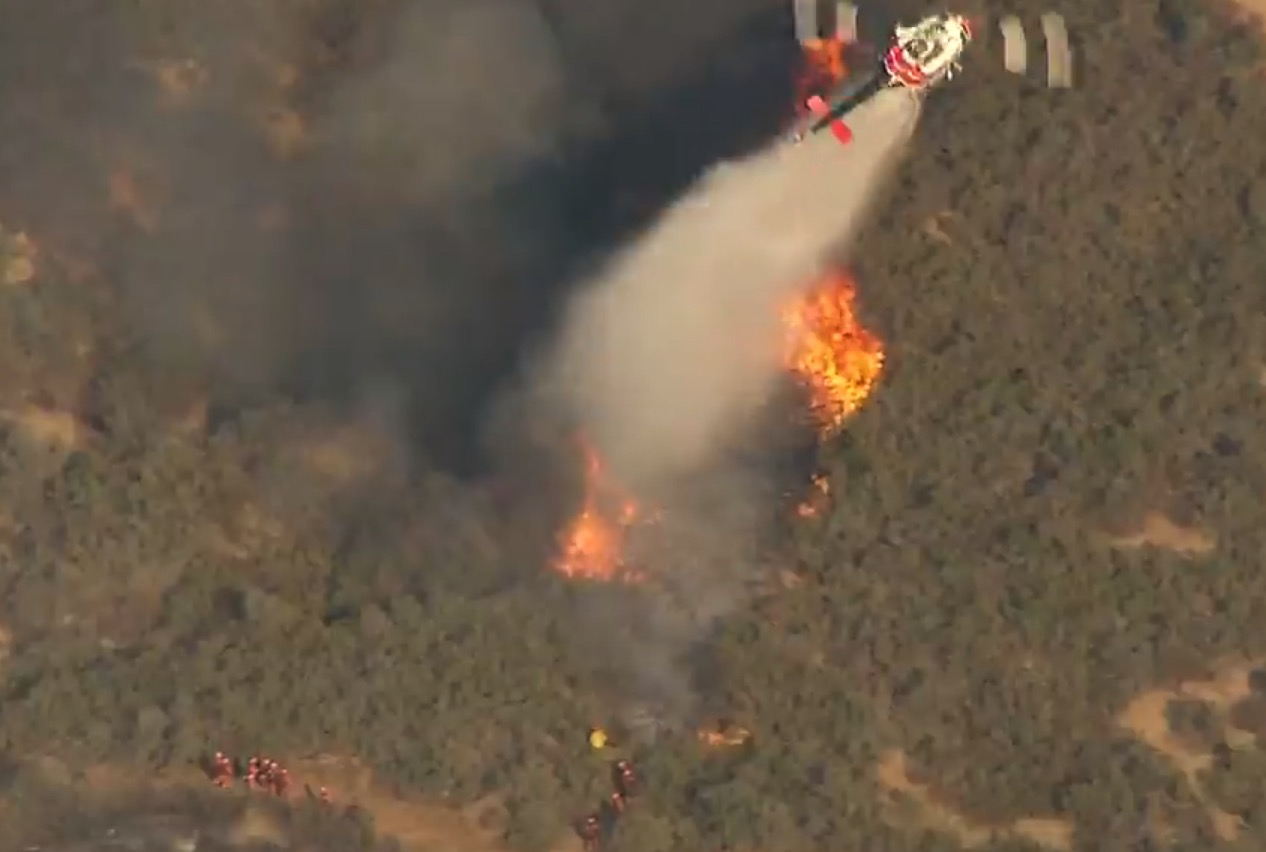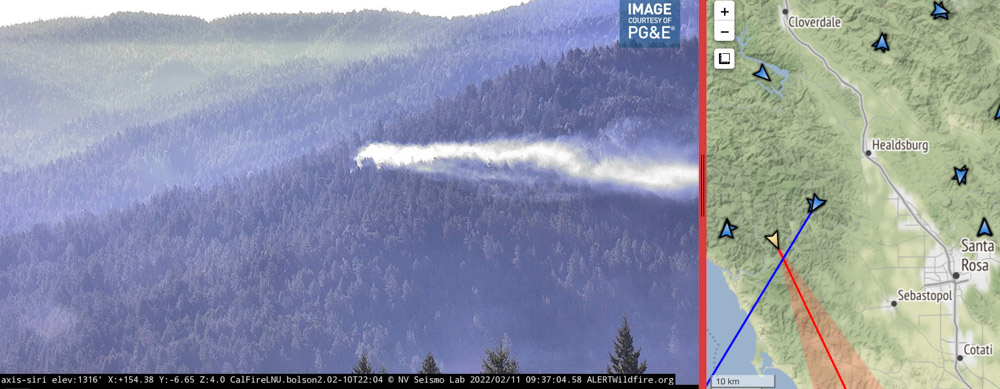
Two women who were fed up with multiple arson fires set in the woods near Monte Rio in Northern California began an investigation that resulted in the arrest of Jack Stanley Seprish, a transient who was charged with 10 counts of arson in Sonoma County Superior Court. His bail was set by the judge at $920,000.
With the help of donations from the community of money and labor, they bought or borrowed and installed more than 50 motion-detecting cameras, with many of them mounted high up on trees in the forest around Monte Rio. Some of them could be monitored remotely and sent notifications to phones when motion was detected.
Below is an excerpt from the Press Democrat:
For [Kari] Morrissey, a criminal defense attorney, and her collaborator, Sara Paul, Seprish’s arrest marks the culmination of an intensive, three-month partnership with local fire officials — one undertaken on behalf of the community and with its support.
Funding for more than 50 cameras placed strategically near encampments and pathways that seemed likely to elicit hits, came largely from Friends of Villa Grande, as well as the private Bohemian Grove. Random citizens also dropped off money and cameras at the Monte Rio firehouse.
As a defense lawyer, Morrissey said she was not prepared to assume he was responsible for the fires “for quite along time,” however. Then May 6, a photo came across her phone of Seprish lying in the forest using some kind of torch that cast flames larger than a cigarette lighter.
It’s one of hundreds of photos she has turned over to Cal Fire, she said.
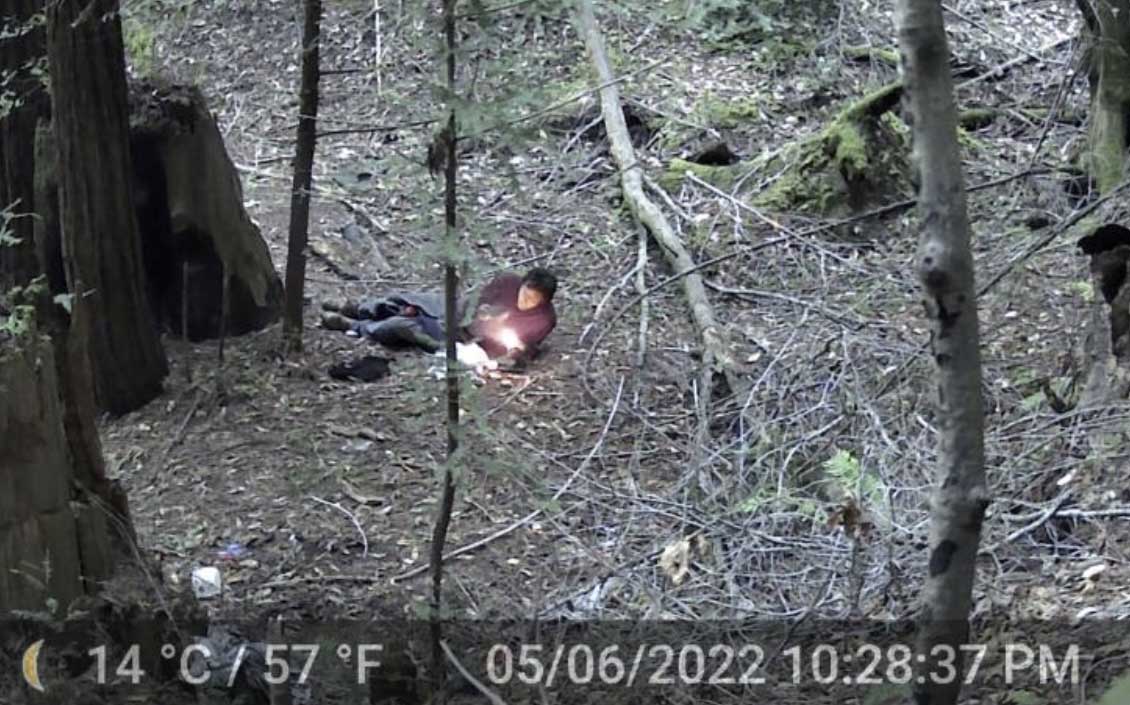
Thanks and a tip of the hat go out to Pat.

